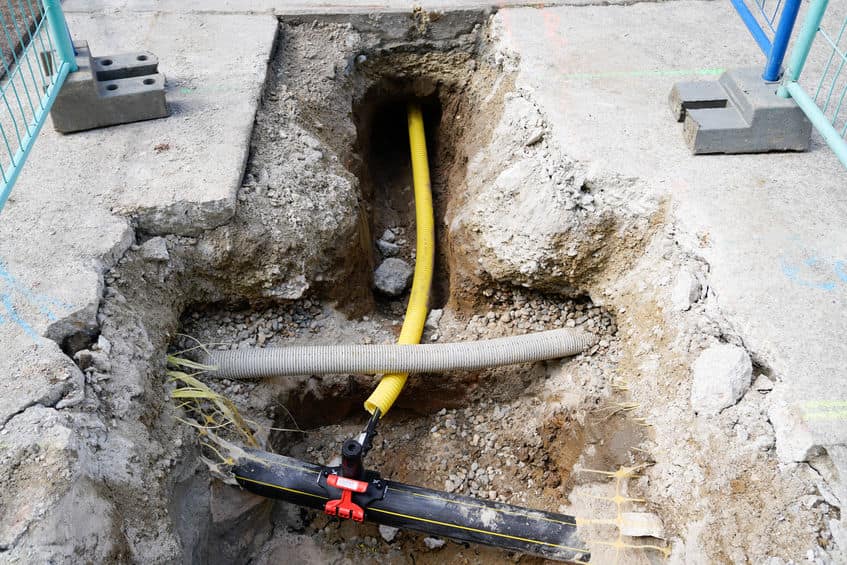Pre-Renovation Costs: Planning and Design
Before a single hammer swings, significant costs are associated with planning and design. This includes architect fees, which can vary widely based on project complexity and the architect’s experience. Expect to spend anywhere from 10% to 20% of your total budget on design and planning. This phase also involves obtaining necessary permits, which can range from a few hundred to several thousand dollars depending on your location and the scope of the work. Don’t forget the cost of creating detailed blueprints and specifications – crucial for contractors to accurately bid on the job. Furthermore, creating a detailed budget at this stage helps prevent unexpected financial surprises during the project’s execution.
Demolition and Site Preparation: Clearing the Way
Stripping your home down to its studs is a messy and often overlooked expense. Demolition costs depend on the size of your home and the extent of the work. Removing old fixtures, flooring, and walls can range from a few thousand to tens of thousands of dollars. You’ll also need to factor in the cost of disposing of the demolition debris, which can add up quickly. Proper site preparation, including protecting remaining structures and ensuring safe working conditions, is equally important. This might involve setting up temporary barriers or renting dumpsters for waste removal. Unexpected surprises, like discovering asbestos or lead paint, can significantly impact this phase of your budget.
Structural Changes: Foundation to Framework
Major structural changes, such as expanding your home, adding a second story, or altering the load-bearing walls, will significantly inflate the renovation budget. These changes often require specialized engineers and contractors, which comes with a premium cost. Foundation work, if needed, can easily cost tens of thousands of dollars. Reframing a section of your home, or building a new addition, will likewise drive up the costs, particularly if it necessitates the purchase of significant amounts of lumber and other building materials. Accurate estimations in this phase are essential, as these changes often have ripple effects on other areas of the renovation.
Plumbing and Electrical: Hidden Infrastructure Costs
Updating your home’s plumbing and electrical systems is crucial for safety and efficiency, but it’s often more expensive than expected. Replacing old pipes and wiring can be labor-intensive, requiring skilled professionals. The cost of new fixtures, such as toilets, sinks, and lighting, should also be factored in. Upgrading to energy-efficient appliances and systems can add to the upfront cost but will save money in the long run. Running new wiring for updated technology, such as smart home devices, is also a consideration. Remember to budget for potential unexpected issues, such as discovering faulty wiring that requires extensive repairs.
HVAC and Insulation: Comfort and Energy Efficiency
A new HVAC system can be a significant expense, especially if you’re upgrading from an older, inefficient system. The size and type of system will determine the cost, along with the labor involved in installation. Proper insulation is essential for both comfort and energy efficiency. Adding insulation to walls, attics, and floors can significantly reduce energy bills over time, but it also adds to the initial renovation costs. Remember to factor in the disposal of old insulation materials and ensure your contractors comply with all relevant regulations.
Interior Finishes: The Finishing Touches
The finishing touches often represent a substantial portion of your renovation budget. This includes everything from flooring and cabinetry to countertops and paint. Choosing high-end materials will naturally increase costs, while opting for more budget-friendly options can help keep your project within budget. Don’t underestimate the labor involved in installing these finishes – the cost of skilled labor can easily outweigh the material costs. Remember to account for tile work, painting, and any custom carpentry or built-in features you desire. This stage often requires careful planning and precise coordination to maintain the overall timeline.
Unexpected Costs and Contingencies: Preparing for the Unforeseen
Renovations are notoriously prone to unexpected problems. Always include a contingency budget of at least 10-15% to cover unexpected costs. This could range from discovering hidden damage during demolition to material shortages or price increases. Unexpected delays can also lead to additional labor costs. A well-planned contingency fund provides a cushion to absorb these inevitable surprises and avoid derailing the entire project. Thorough planning and communication with your contractor can help minimize these surprises, but completely eliminating them is virtually impossible.
Labor Costs: The Human Element
Labor costs can vary greatly depending on your location and the skill level of the workers. Skilled tradespeople, such as electricians and plumbers, are usually more expensive than general contractors. The complexity of the project and the amount of work required will influence the overall labor cost. Consider whether you’ll be using a general contractor to manage the project or hiring individual subcontractors for different phases of the work. Clear contracts with detailed scopes of work are vital to avoid disputes and ensure that you’re paying a fair price for the services rendered. Read more about how much does it cost to renovate an entire house






